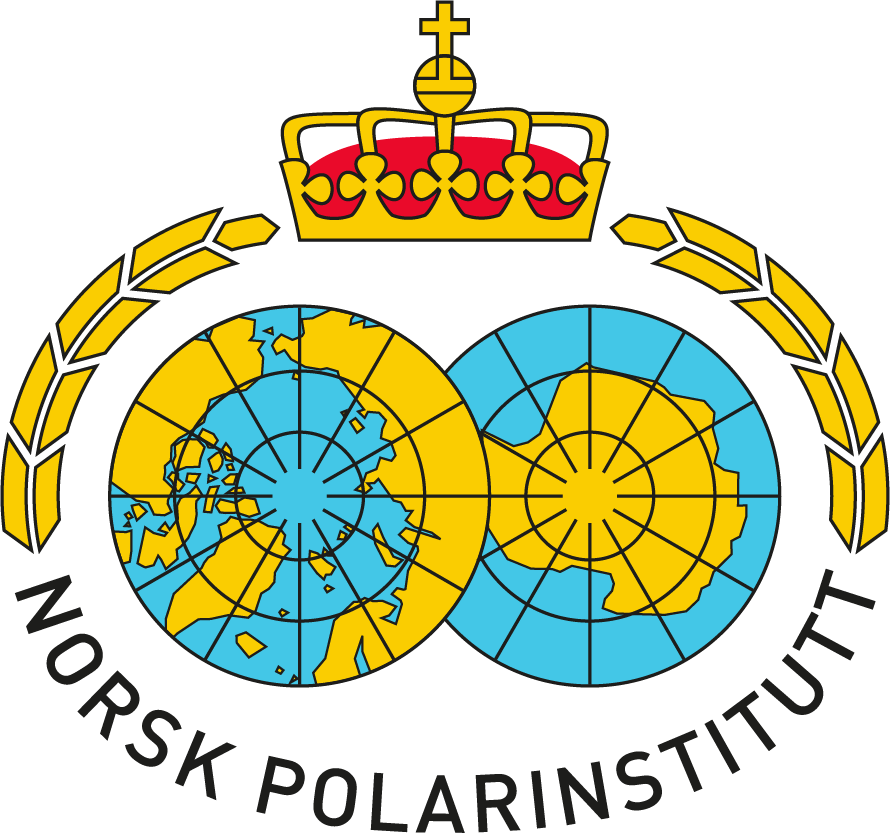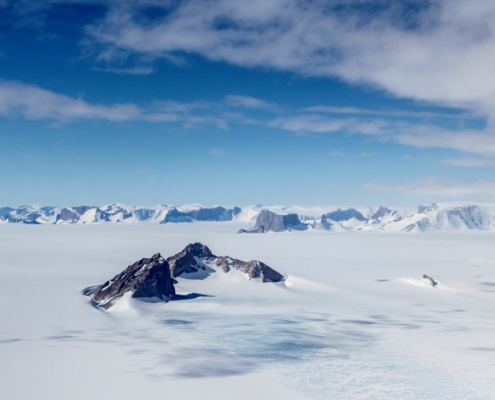
Hva skjer med innlandsisen når været blir ekstremt?
Men hvordan takler de enorme ismassene på Grønland og i…
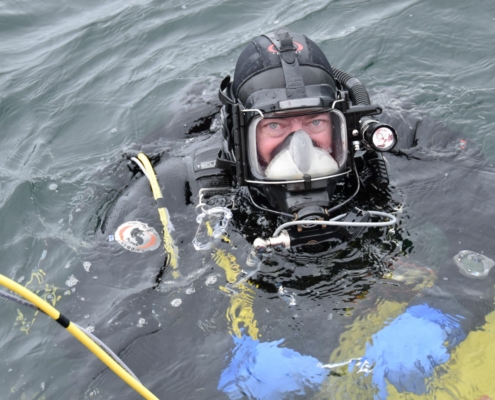
Diving into the kelp forest in search of climate answers
By Haakon Hop, marine biologist, Norwegian Polar Institute…

European Heads of Knowledge visit Ny-Ålesund
The Norwegian Ministry of Education and Research has invited…
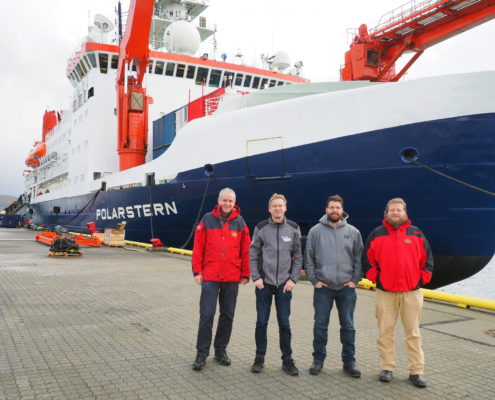
Deep insights into the Arctic of tomorrow
Hundreds of international researchers are currently analyzing…
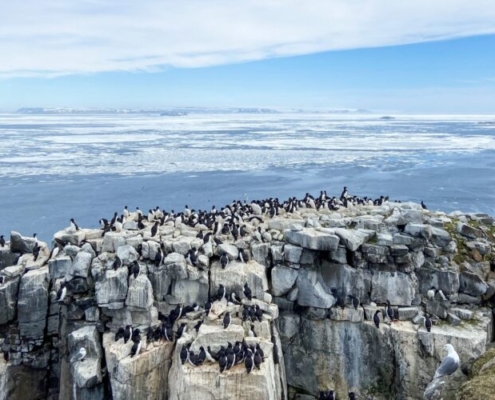
Variation in Brünnich’s guillemot population trends explained in recent study
Stable populations…
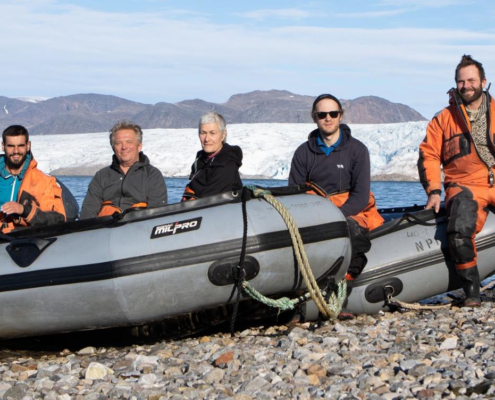
Report from this year’s ARK fieldwork
By Kit Kovacs and Christian Lydersen, Norwegian Polar Institute
This…
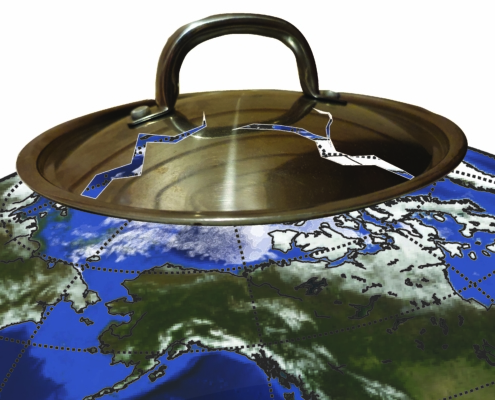
BLOG: Cracks in the cooking pot lid
By Øyvind Lundesgaard (Norwegian Polar Institute), Melissa…
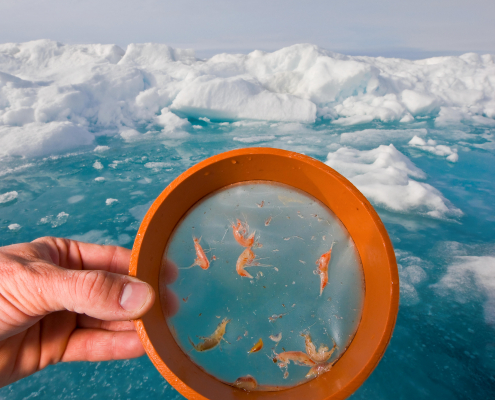
Into the deep unknown central Arctic Basin
By cruise leaders JC2-2: Agneta Fransson (NPI) og Bodil Bluhm…
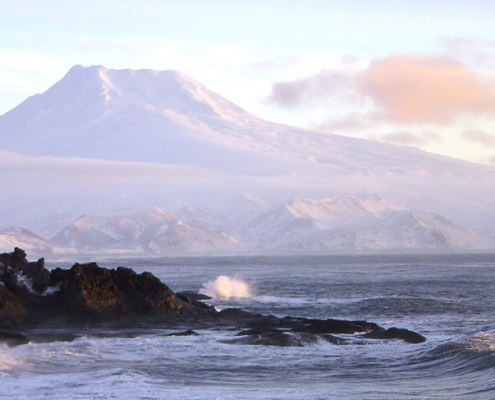
Jan Mayen
Jan Mayen is an island situated at 71°N 8°30'V, about 1000 km west of mainland Norway and 550 km northeast of Island . The island is 53 km long and covers 377 km2. As recently as 1985 there was an eruption from the volcano Beerenberg (2277 m) on the island - the world´s northernmost volcano above sea level, and Norway's only active volcano. There is a constant threat of new eruptions and earthquakes.
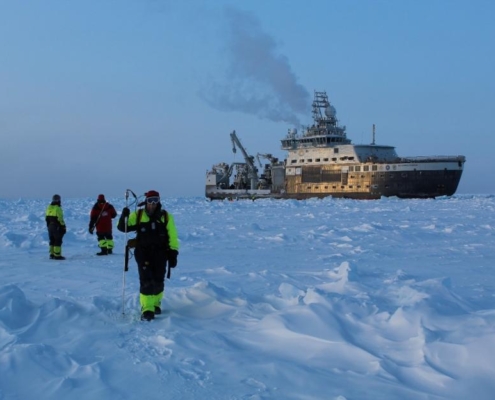
A Closer Look at the Sea Ice Situation in the Barents Sea
By: Section leader Sebastian Gerland, researcher Dmitry Divine,…
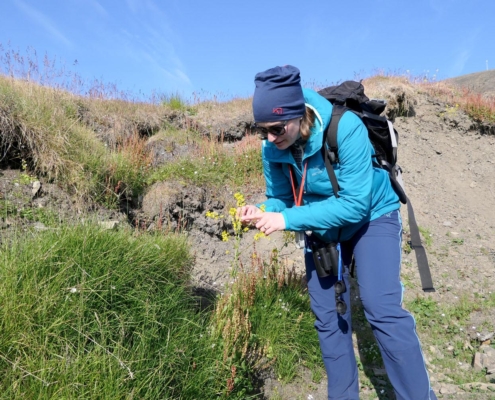
Aliens in the Arctic
In a recent study a team of researchers have mapped invasive…
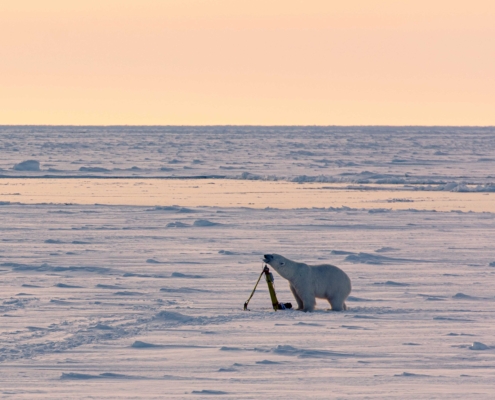
Tiny Arctic wildlife matters
Blog 4 from the Nansen Legacy cruise in the Arctic Ocean. Today…
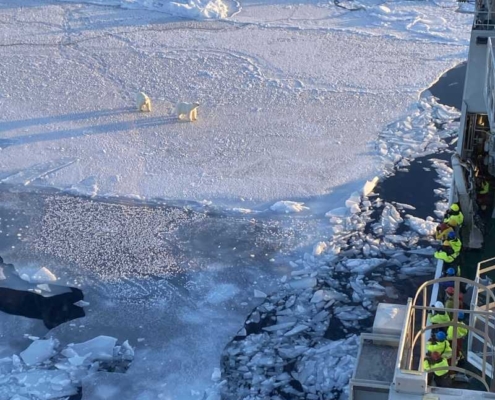
Excitement onboard the RV Kronprins Haakon
By scientist Nadjejda Espinel / Norwegian Polar Institute
After…
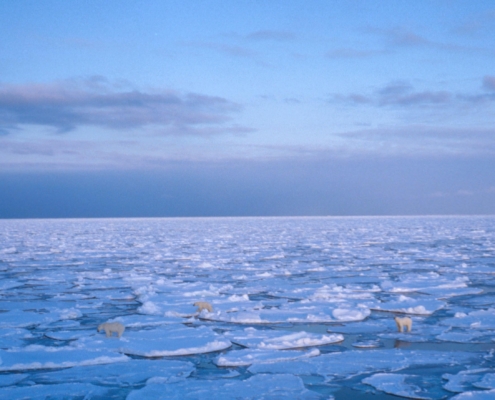
Interdisciplinary research in the Arctic
By Sebastian Gerland and Anette Wold, cruise leaders, Norwegian…
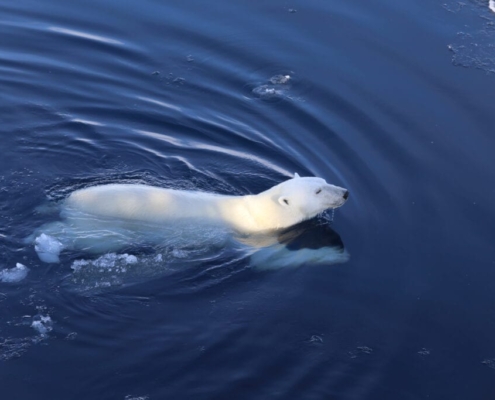
– Larger areas of ocean in the Arctic must be protected
By Helge M. Markusson, Fram Centre
By compiling results…
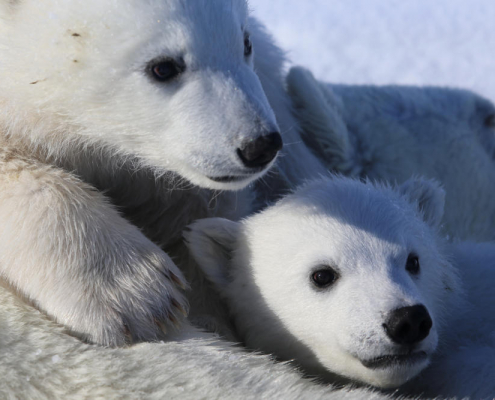
How to avoid conflicts between polar bears and humans?
Polar bears have had Red List status as vulnerable since 2005.…
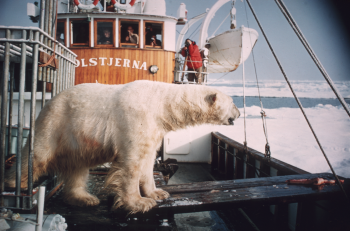
From extensive hunting to conservation and research on the king of the Arctic
Polar bears were hunted from boats in the ice in summer and…
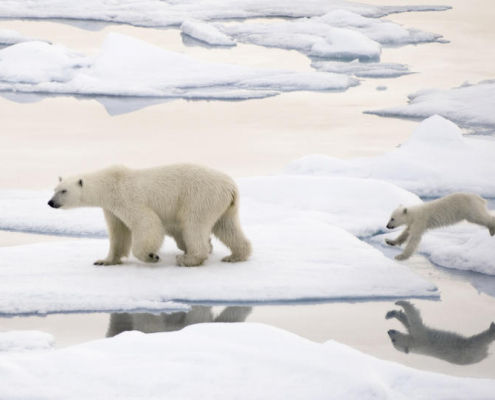
A hunter fine-tuned for the Arctic
Furthermore, polar bears are a marine species,…
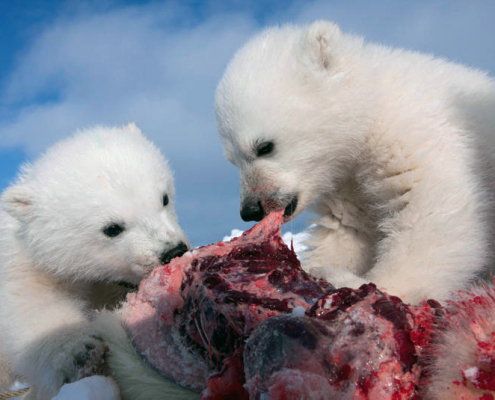
The polar bear’s diet
Other bears are terrestrial mammals, but the polar bear has…
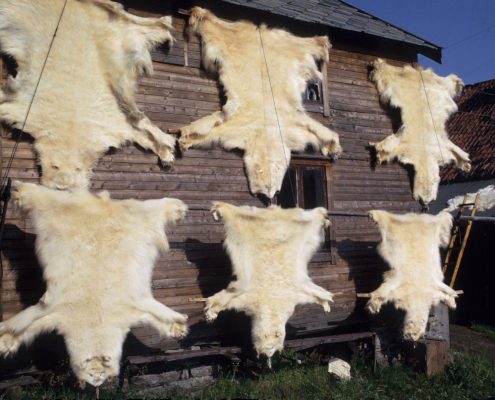
International polar bear cooperation
Concern for the population
Cooperation on the conservation of…
